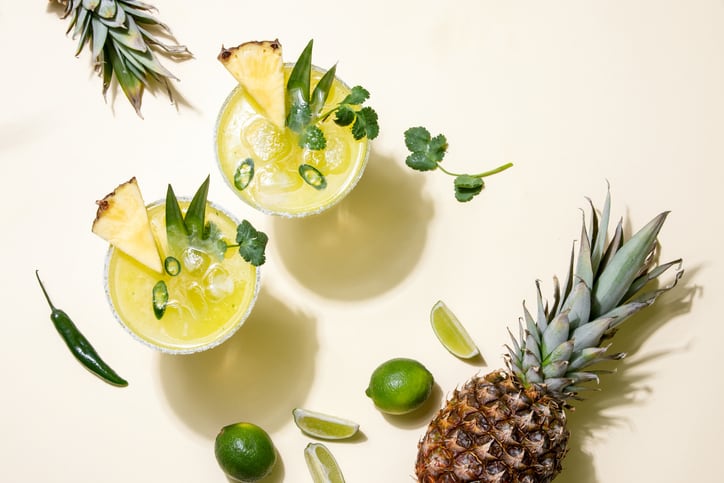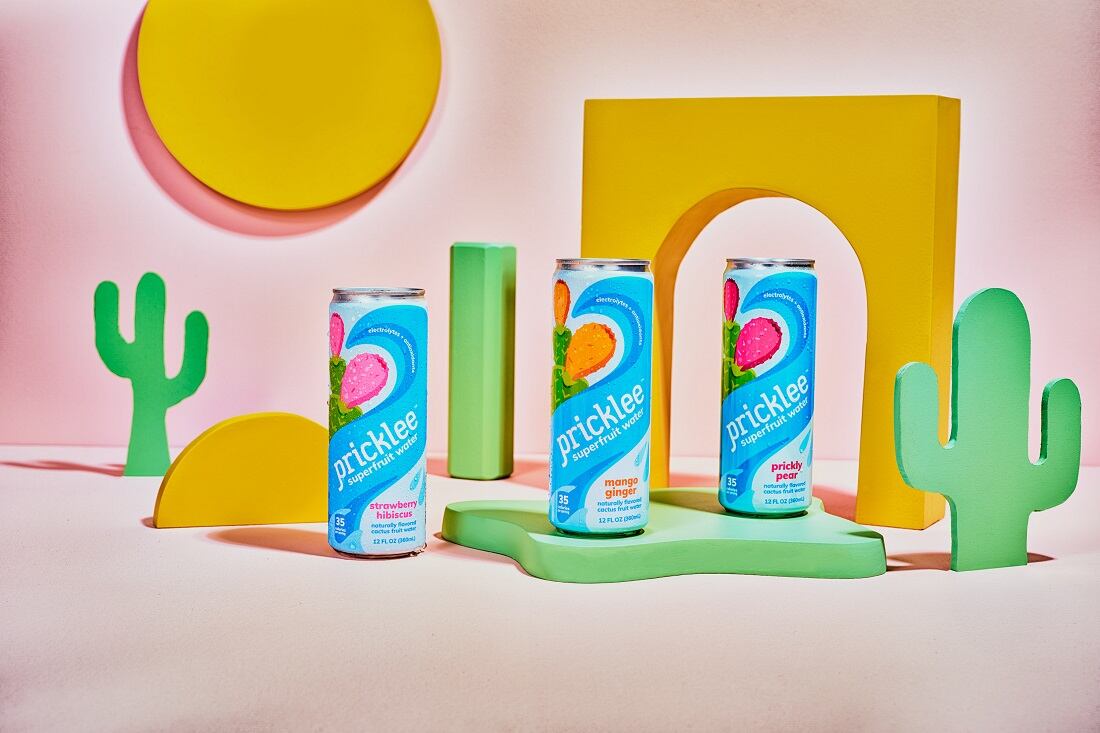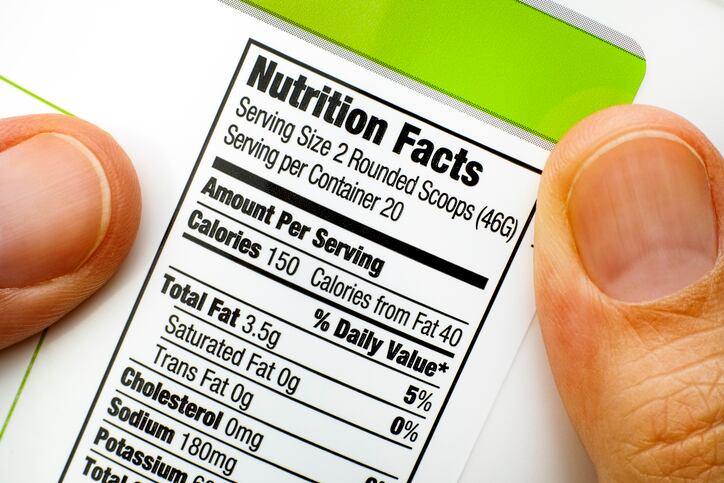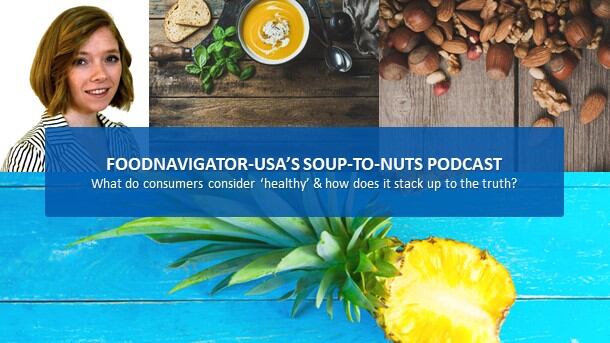Citing data from IRI InfoScan, Mintel and the US Census Bureau, the flavor and fragrance company noted sales of carbonated soft drinks and juice – which “struggled to make significant gains” before the pandemic – increased 2.9 and 1.1 percentage points off strong bases respectively in 2020 from 2019.
At the same time, “other smaller categories already flourishing pre-pandemic continued on a steady, if not amplified, trajectory” through 2020, including sparkling water and energy drinks, which increased 0.8 and 0.7 percentage points, respectively, T. Hasegawa highlighted in a recent “Flavor Flash” report.
To maintain this momentum as restaurants begin to reopen and consumers return to offices and school, the flavor and fragrance company suggests that beverage manufacturers keep flavor innovation fresh, but familiar, and reserve more unique flavors and ingredients for specialty beverages that attract more niche or nuanced consumers.
“Trending flavors in non-alcoholic beverages will continue to shift and evolve, but will still remain rooted to familiar fruit flavor families,” T. Hasegawa notes, explaining when consumers were asked to create their ideal non-alcoholic flavored beverages, about half – across generations – opted for fruit flavors, including berry, citrus or tropical.
“Tropical flavors are a qualified standard in a non-alcoholic beverage flavor portfolio today,” with new products featuring tropical flavors increasing 30% between 2016 and 2020, according to T. Hasegawa.
Specifically, the flavor house sees potential for pineapple, which 61% of consumers say they have tried and like and 14% said they haven’t tried but are interested in. Likewise, 31% of consumers say they have tried and like dragonfruit and 33% say they have tried and like guava.
Watermelon also is on Mintel’s list of Global Trend Driver Experiences with more than half of consumers having tried it in non-alcoholic beverages and enjoyed it. T. Hasegawa explained the fruit’s appeal comes in part from its strong summertime association and nostalgic reminders of childhood.
On the citrus side, orange, lemon and lime are among the top four flavors currently consumed most often by consumers, opening the door for slight variations, including Meyer lemon, grapefruit, tangerine, lemongrass, calamansi, yuzu, blood orange and pomelo, notes T. Hasegawa.
Within berry flavors, strawberry is emerging but still has relatively low penetration while blackberry is crossing over into leading penetration with expanding incidence, according to the report.
Herbal, floral and spiced flavors are emerging
Behind fruity, sweet and citrus flavors is a growing consumer interest in herbal, floral and spiced flavors, although T. Hasegawa notes these currently perform better in specialty beverages or products targeting millennials or older consumers.
According to the report, 31% of consumer said they’d opt for herbal flavors in sparkling water, which was higher than any other category, including 22% of consumers who said they’d try it in energy drinks, 21% in juice drinks and 18% in soda.
Likewise, herbal flavors appealed to 22% of millennials compared to 20% of Gen Z or X.
Interest in floral flavors fell slightly behind that of herbal, according to the report, which found millennials most interested in this flavor profile at 20% followed by Gen Z at 16%. The most prevalent beverage for floral flavors is sparkling water, followed closely by energy drinks and juice drinks.
While still relatively niche, floral flavors could get a boost because of their strong association with vibrant visuals, which T. Hasegawa notes influence 36% of Gen Z and 30% of Millennials who discover new flavors on social media.




